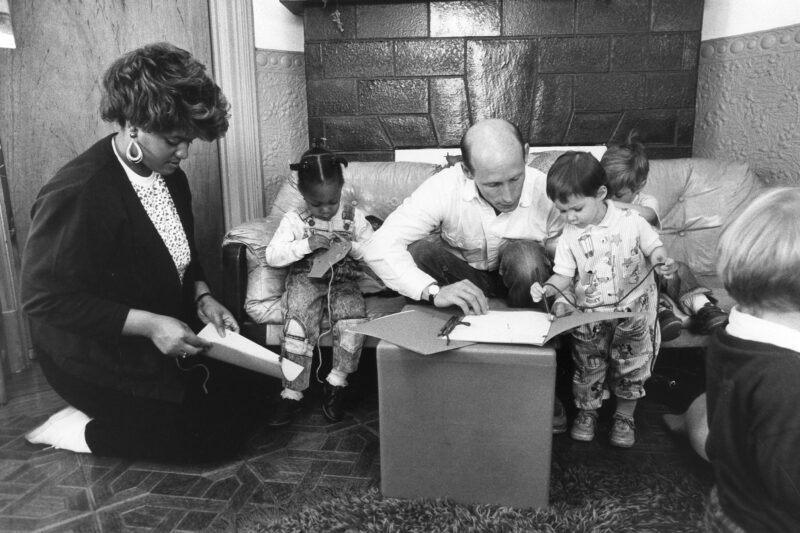
Parents as Teachers began in 1981 in Missouri as a pilot project for first-time parents of new-borns. It had a modest, but important goal: to help first-time parents embrace their role as their child’s first and most influential teacher. Funding came from the Missouri Department of Elementary and Secondary Education and The Danforth Foundation.
The impetus for the project came from preliminary research that indicated how critical the first three years of life were for a child’s development, and subsequent successes as an adult. Studies of early intervention programs showed that parent involvement in a child’s learning is key to the child’s success. From the beginning, Parents as Teachers focused on increasing young children’s readiness for school.
At this time, a Public-School Educator and Parents as Teachers Founder, the late Mildred Winter, who passed away in 2019, had two theories – one, that parents were key to students’ preparedness; and two, that learning begins at birth.
Arthur Mallory, then-Missouri Commissioner of Education, and Winter launched a pilot program in four school districts with 60 pregnant moms, representing rural, urban, and suburban communities.
The pilot was a success, the program spread, and other states soon adopted this model. Then-Missouri Gov. Christopher “Kit” Bond supported legislation that required ‘parenting education’ in every school district. Convinced of the program’s benefits and cost-effectiveness, state funding was provided in 1985 to implement Parents as Teachers programs in all Missouri school districts.
In 1986, Parents as Teachers expanded to other states and was incorporated in 1987 as the Parents as Teachers National Center, Inc., a non-profit organization governed by a national board of leaders from education, health, government, and the private sector. By the early 1990s, the first international program was implemented in Australia.
Today, the internationally recognized evidence-based home visiting model is backed by 40 years of research-proven outcomes for children and families. It currently serves 180,000 families in all 50 U.S. states, 115 Tribal organizations, five other countries, and one U.S. territory.

